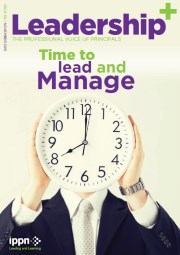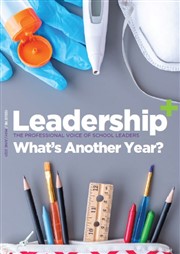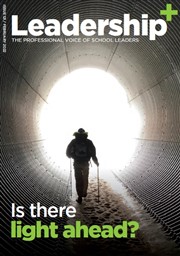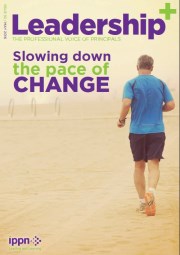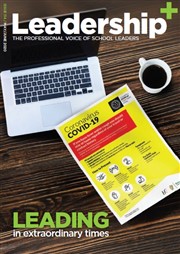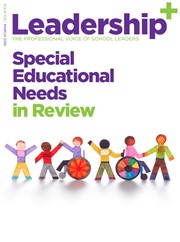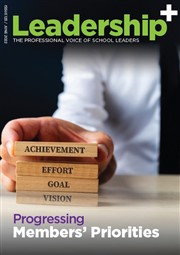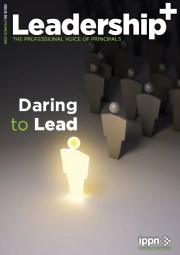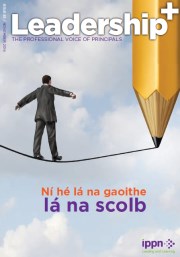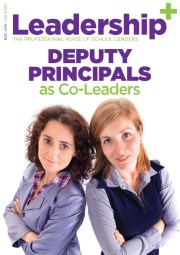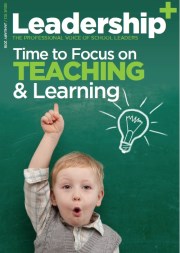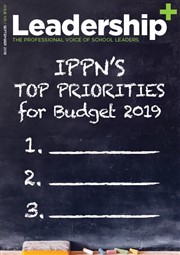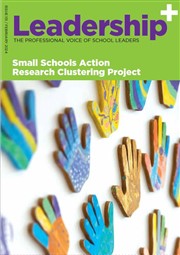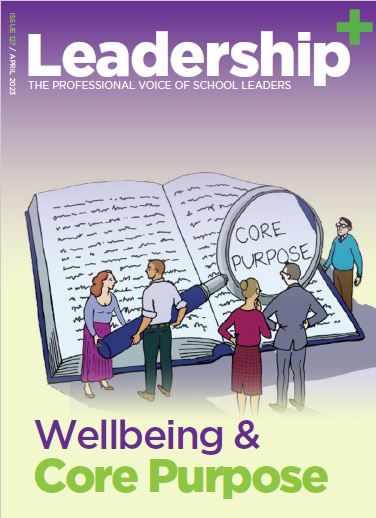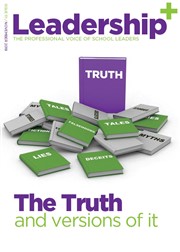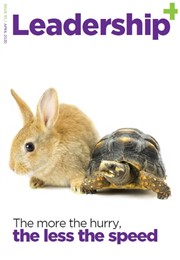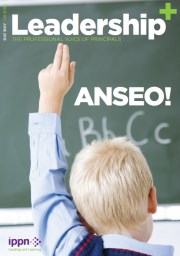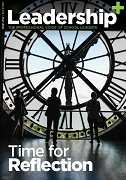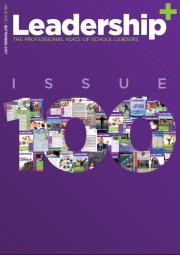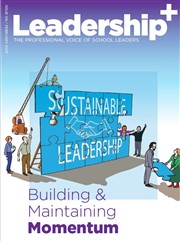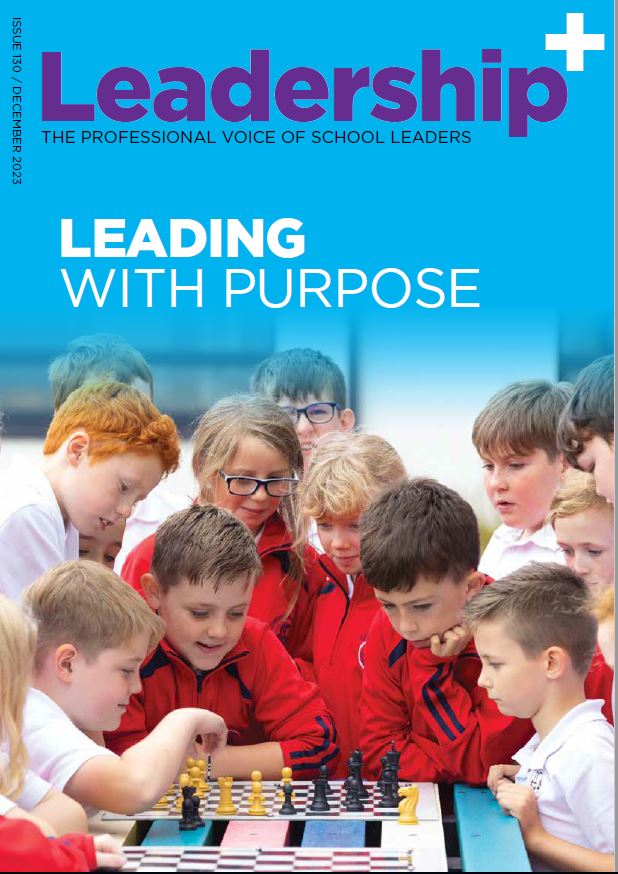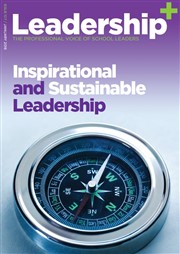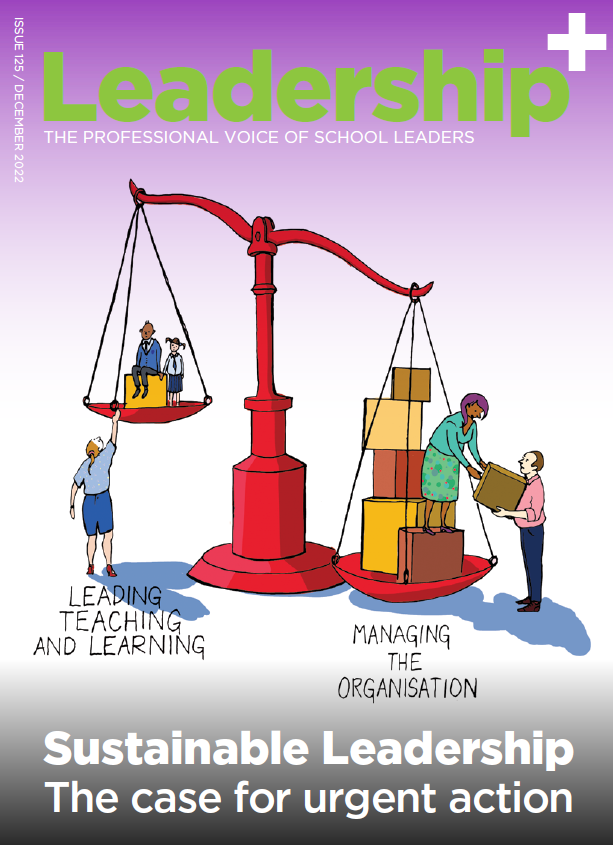Education spending is one area where we need to do the maths
- Published: 18 September 2008
Irish Independent
By Brendan Keenan
THE great press baron Roy Thomson used to stay in the Dorchester Hotel, because it was the best hotel in London, but have his breakfast in the café round the corner, because it was just as good as the Dorchester's, and a tenth of the price.
Perhaps that is why he became a great press baron -- owner of the London "Times" (and the "Belfast Telegraph") -- and Lord Thomson of Fleet. But why does his behaviour in saving money on breakfast seem odd to most of us -- even reprehensible?
It was a sign of meanness, you will say. But giving money to the Dorchester Hotel is not an act of charity. For all I know, Lord Thomson may have been a great philanthropist as well. His behaviour was entirely rational. But then, few of us are entirely rational when it comes to money.
Especially, perhaps, public money. Last week, the OECD's annual "Education at a Glance" was published. Some glance! The document contains more than 500 pages of incredibly detailed statistics covering the OECD's 30 member nations.
The report is deeply mined by policymakers, academics, teachers' unions and all who have a professional interest in education. That includes the education correspondents of the newspapers and broadcasting stations. One can immediately see, though, that such a document does not really lend itself to media coverage.
Even so, the economic correspondents have to do a bit of mining too. It is a truth universally acknowledged that the improvements in Irish education were a major reason for the country's economic success, and that future success depends on continuing to improve the quality of the system. Such improvements were a key recommendation in last week's Services Strategy report, which says mathematics is a key skill in those services best placed to provide growth and exports.
Statistics
It is also universally acknowledged that, as a country, we do not spend enough on education. But are these "truths" actually true? The OECD statistics cast doubt on them -- or at least suggest that the truth is pretty complicated. There is, for instance, nothing particularly large about Irish class sizes and, when teachers' aides are included, Irish pupils have one of the best ratios of staff to students
But I leave that nugget to others. Things are certainly complicated when it comes to spending figures. Of course, they are bedevilled by the unusually large gap in Ireland between output (GDP), which is used in such reports, and national income (GNP), which is closer to what we actually have available for spending. But there is also the matter of Lord Thomson's breakfast.
As he realised, it is not enough to measure the quality of the breakfast merely by its cost. Equally, it is not enough to proclaim the quality of an education service, or a health service, by the percentage of national income spent on it.
Quite the reverse. If Ireland had the third lowest proportional spend on education and the third-best education system, it would be a matter of great rejoicing, not complaint.
While the Irish system is nowhere near third best, it is by no means third-worst. It ranks 10th in the proportion of younger people with a third-level qualification. We seem to be getting rather good value for our money.
However, comparing spending in the US and Mexico as proportions of GDP is like comparing the Dorchester and the roadside caff. A bit of a waste of time. Another spending measure seems to me to be more useful. This takes actual money spent, converts it to US dollars, and adjusts it for prices in the different countries. A dollar buys a lot more teaching in Mexico than it does in the USA; never mind Ireland, with some of the highest-paid teachers in the OECD.
With adjusted spending of just over $7,000 per student, Ireland ranks only slightly below the level of spending in the EU-15. Only Denmark spends more than $8,000 per student. Ireland's spending on primary and secondary levels is the same as in the bulk of EU-15 countries.
But, at just over $10,000 per student in third level, Ireland does lag behind. Education Minister Batt O'Keefe may reflect that, could he but raise €2,000 per student in fees it would propel Ireland to being one of the biggest spenders in the EU -- provided, ahem, that he did not then cut State spending.
Which he really should not do. Ireland clearly is a low spender on third-level education, especially when the figures are further adjusted for the different lengths of time spent in such studies in different countries. This does not fit well with Ireland's economic ambition, or indeed, the potential of its young population.
Observation
But one needs to be careful. The statistics suggest that Irish graduates are under-employed. The match between their qualifications and the jobs they do is poorer than in most rich countries. This ties in with the frequent observation that a lot of the proclaimed skilled jobs in Ireland are really not that skilled at all.
However, the most salient point which is nearly always missed in most discussions about public spending is the speed of change. Spending on education in Ireland increased by more than 50pc in the 10 years to 2005. This time, we come first in the whole OECD. Even in spending per student, the Irish increase was exceeded only by Korea, Estonia and Hungary.
Like most other things in Ireland, the increase came off a pitifully low base, which is why the total is still a bit below average. Which goes to show the naivety of concentrating only on that average. Irish public services have been overwhelmed, as much as helped, by the speed of increase in their funding. There is much to be done in training and re-organising them to bring their administration up to the level of their budgets.
Yet, if I were to stray into the territory of other colleagues, the qualitative statistics seem to suggest Irish education is doing better than the customary whingeing would have you believe. As far as I can see, Irish children do rather well at maths and science. True, degrees are skewed toward law and the social sciences, but maybe that is where our comparative advantage lies?
Most striking, though, is the upward social mobility created by the Irish education system, based on the educational levels of parents. This, too, reflects the low base of attainment in the older Irish population, but it does show the system doing well at what is surely its most important function. This week's remarkable figures on the improvements in Traveller education suggest that, in some areas at least, money is being very well spent.










